How Do You Teach Blends & Digraphs?
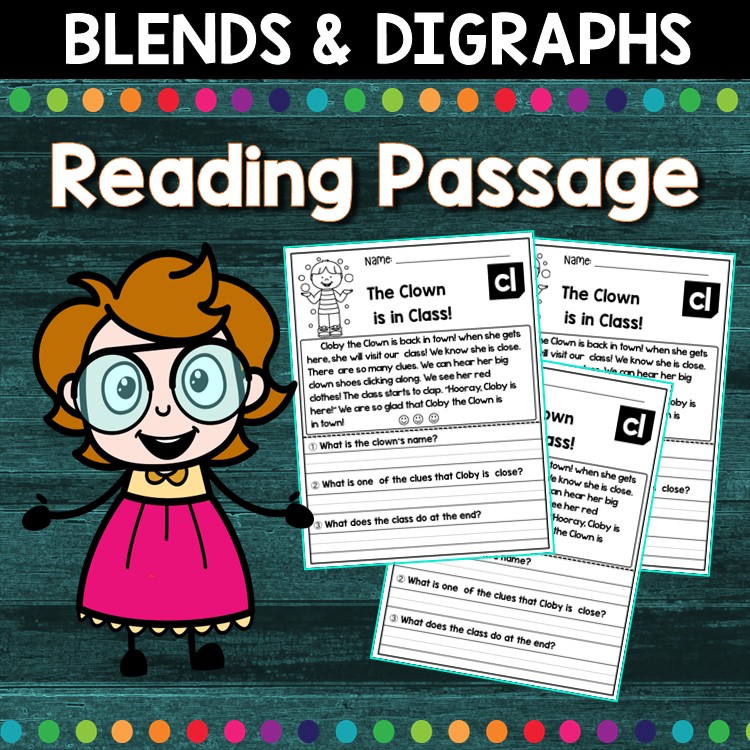
How Do You Teach Blends and Digraphs?
What are the differences between blends and digraphs? What’s the most effective technique to teach them? I get a lot of inquiries regarding consonant blends and digraphs, so in this article, I’ll go through how to teach them, as well as provide you with some free word lists and resources!
Blends of Consonants
Consonant blends occur when two or more consonants are combined yet each sound is still audible, as in the phrases black and mist. Consonant clusters are another name for consonant blends.

There are two types of consonant blends: initial and final. Beginning consonant blends, such as brick and clay, are blends that appear at the start of a word. Task and bend are examples of final consonant blends and blends at the end of a word.
L blends, R blends, and S blends are some more instances of consonant blends: black, frown, and star.
3 Letter Combinations
We also have three-letter blends, such as stream and splash, in addition to two-letter mixes. All three consonant sounds can be heard in these consonant blends.

Words with Consonant Blends
I prepared a consonant blends words list that you can download for free from my freebies library because I know it helps with planning.
Digraphs with Consonants
Consonant blends are not the same as consonant digraphs. When two consonants signify ONE new sound, it’s called a consonant digraph. The words chin and want, for example, have consonant digraphs that sound the same. (Note that vowel digraphs, sometimes known as vowel teams, work on the same principle: two letters represent one sound.)
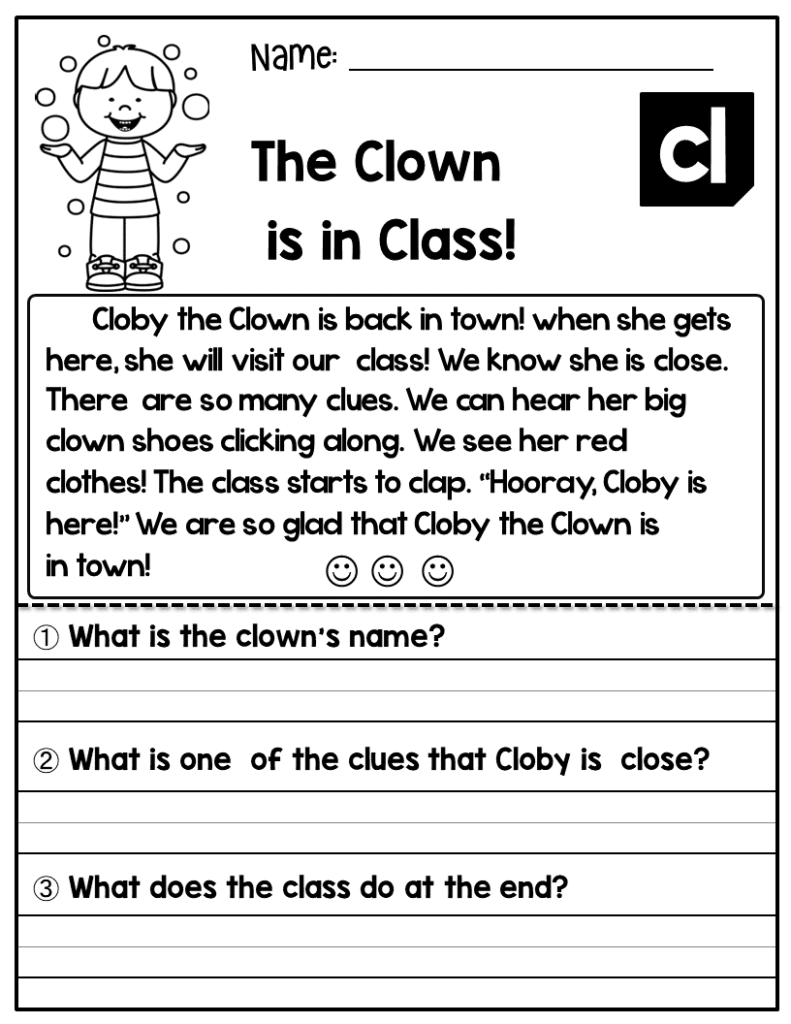
Three consonants express one sound in a trigraph, as in a patch.
Because they all finish in H, many digraphs are known as the “H Brothers”: ch, sh, th, wh, and ph.
What is the difference between a consonant digraph and a vowel digraph?
Words with Consonant Digraphs
You may also get a consonant digraphs word list for free from my freebies collection.
Chart of Blends and Digraphs
This blends and digraphs chart may also be used as a reference sheet in the classroom or given to each of your pupils. The most popular blends and digraphs are included below, along with a keyword and a picture. This is also available for free in our freebies library.
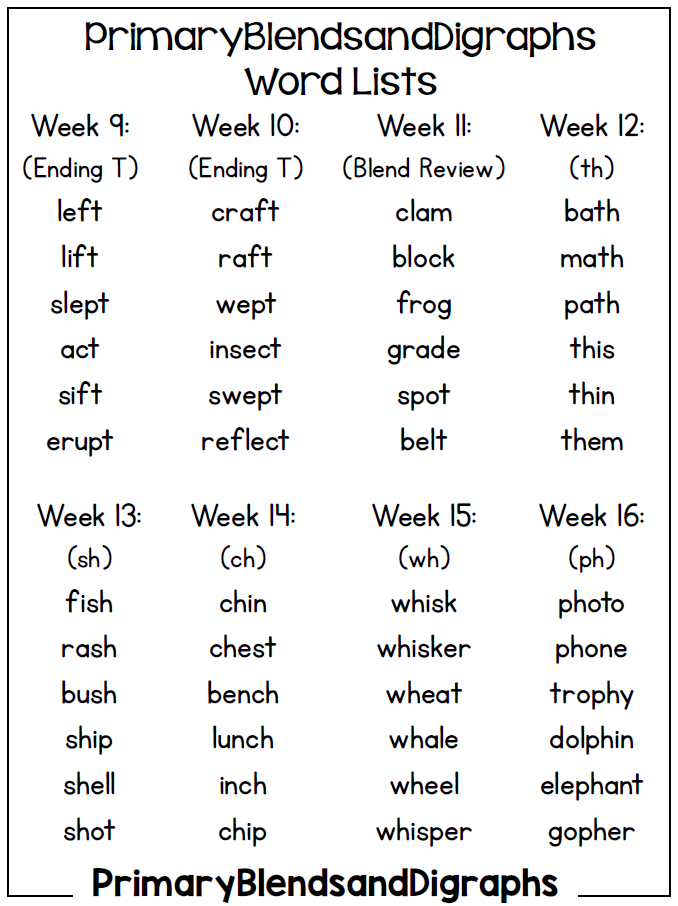
Digraphs and Blends: How to Teach Them
Blends don’t need to be taught because they’re merely noises they’re already familiar with. Some kids may require more practice blending and mapping words containing consonant blends.
It’s critical for kids to learn to concentrate on the sounds that these letters represent. It’s fairly frequent for struggling readers to misspell a blend because they assume it’s just one sound when it’s actually two or more.
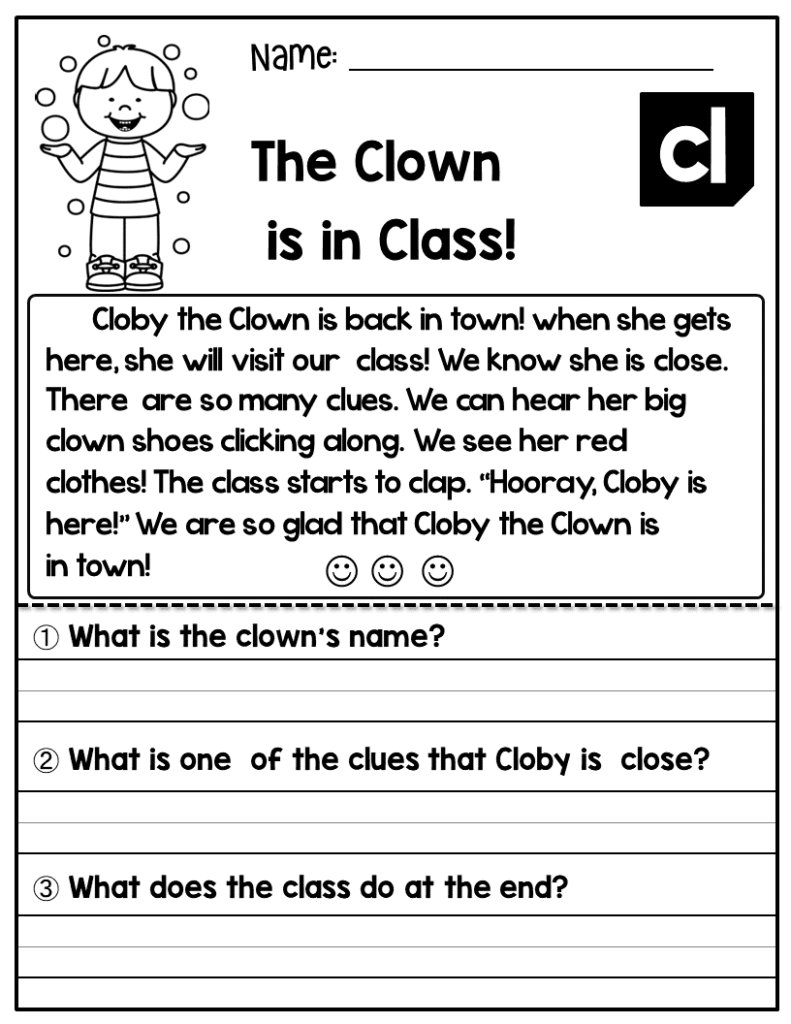
Consonant digraphs, on the other hand, should be clearly taught in a methodical manner. You don’t want to teach too many new digraphs at once; instead, introduce one or two at a time and give plenty of practice before going on to the next set. Before teaching digraphs, students should be comfortable with all of their consonants.

Invest in Phonogram Cards
Use phonogram cards or a phonics poster to teach a new digraph. While exhibiting the phonogram card to your pupils, you would introduce the new sound, pronounce the keyword, then spell the sound aloud. Your pupils will repeat this, and you will go over it with them every day until they have learned it.

Read Consonant Digraphs and Blends Words
Of course, if you’re working on consonant digraphs and blends, you’ll need to add actual reading practice.
I prefer to have a page with a list of terms for each digraph or mix. Students read the words while highlighting the specific digraph or mix. An sample page from my L- Blends Activities may be seen in the image below. When I introduce a new phonogram or spelling pattern, this is generally the first task I undertake.
One thing to keep in mind, and this is something I only recently learnt, is that each sound in a blend should be highlighted in a separate color to remind children that they are two sounds rather than a digraph.
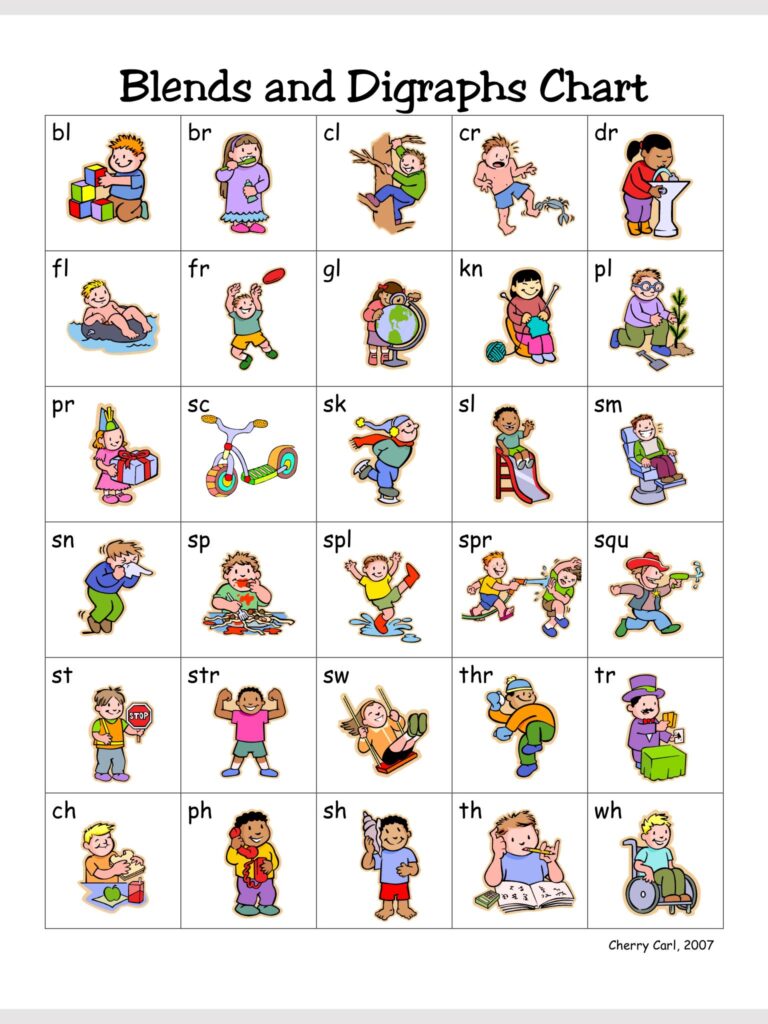
If you can, find some nice decodable text or make your own. You may also go on a digraph/blends search and have students look for words containing digraphs in any passage.
A decodable portion from my H Brothers Digraphs Activities is shown below. Before reading, I have pupils highlight each digraph with a different color.

Students can also use the digraphs or blends to create or blend words, or use phonogram cards or magnetic letters to construct words.
Mapping and Segmentation of Phonemes and Graphemes
These are grouped together because they are related. Two of the finest exercises for teaching digraphs and blends are phoneme grapheme mapping and segmenting. Students may read and spell consonant digraphs and blends more readily by sounding out the word and identifying each sound with a grapheme. An example of this practice utilizing my Word Mapping Template may be found below.

When segmenting a word, keep in mind that blends do not go together in one sound box, although digraphs do. Elkonin boxes, counting cubes, silicone bubble poppers, or whatever manipulative you have on hand are some entertaining possibilities for segmenting.
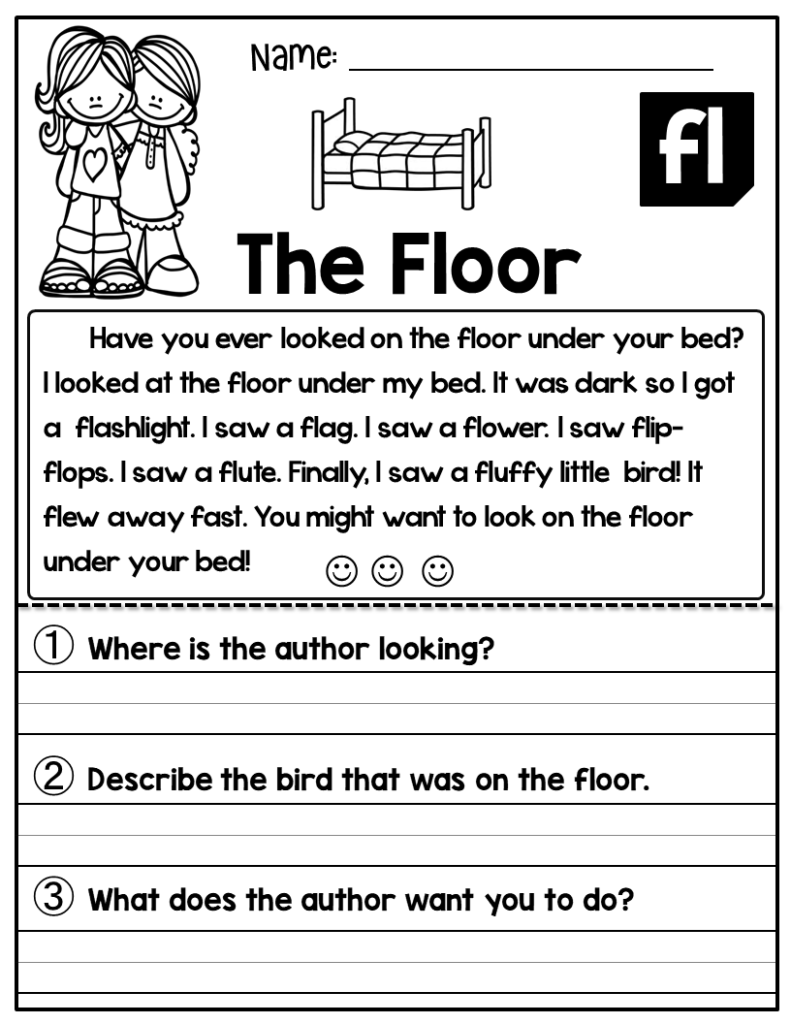
Games for Learning Phonics
When it comes to improving phonics skills, games are constantly on the menu. Teachers Pay Teachers has a plethora of free and low-cost activities that focus on consonant digraphs and blends. If you’re adept at that sort of thing, you can always make your own.
Two of the games from my H Brothers Digraphs and L Blends Activities are shown here. For each ability, both sets provide a range of tasks.

Dictation
It’s no surprise that I use dictation in my classes, so you’ll see it here again. Do a brief dictation at the conclusion of your class after working on your target phonics ability. I like to perform them at the conclusion of every tutoring session, but you may do them with the full class or at the end of a small group activity every 2-3 days in the classroom.
A dictation activity utilizing my dictation sheets, which you can obtain for free from my freebies collection, is shown below. Simply select a few target sounds, phrases, and sentences to dictate to pupils once (something you expressly taught, nothing new!). This only takes a few minutes and provides you with immediate feedback on who requires more assistance.

When should digraphs and blends be taught?
The timing of each sort of lesson is determined by your curriculum. Students encounter numerous words with these graphemes in their early years, therefore frequent consonant digraphs like sh and ch are usually taught initially. Because they represent the same sound, trigraphs are sometimes taught alongside or soon after digraphs. Following that, you’ll learn about l-blends, r-blends, and s-blends. Blends of three letters are generally taught last.
However, unless your pupils are having difficulty with consonant blends, you don’t need to spend any time on them.
What about the letters qu, ng, and nk?
These digraphs and blends are a hot topic of discussion. Is it a mix or a digraph? Since digraphs only represent ONE sound, I’d argue ng is the sole digraph. I would consider Qu and nk to be mixed because they obviously reflect two sounds. But, honestly, it doesn’t matter what they’re called!
Because Q is typically often followed by U, Qu is always taught jointly. This phonogram, however, indicates the sound /kw/. It’s up to you whether to teach this with digraphs or blends, but I’d teach it as a one-unit mixture.
Nk is a similar character. When you pronounce this mix out loud, you can hear the /ng/ and /k/ sounds. Along with /ing/, /ang/, /ong/, /ung/, and the permutations of vowel+nk, I teach this as a welded sound. Some programs also teach welding sounds like /ild/, /old/, /all/, /am/, and /an/. I believe you should just teach it according to your curriculum. It makes no difference what they’re named; what matters is that kids comprehend they’re made up of several sounds and can read and spell them.
Conclusion
When preparing to teach blends and digraphs, the most essential items to consider are explicit and systematic training in consonant digraphs, as well as plenty of practice mapping and mixing consonant blends. The exercises listed above will assist you in teaching your kids to read and write blends and digraphs efficiently.







